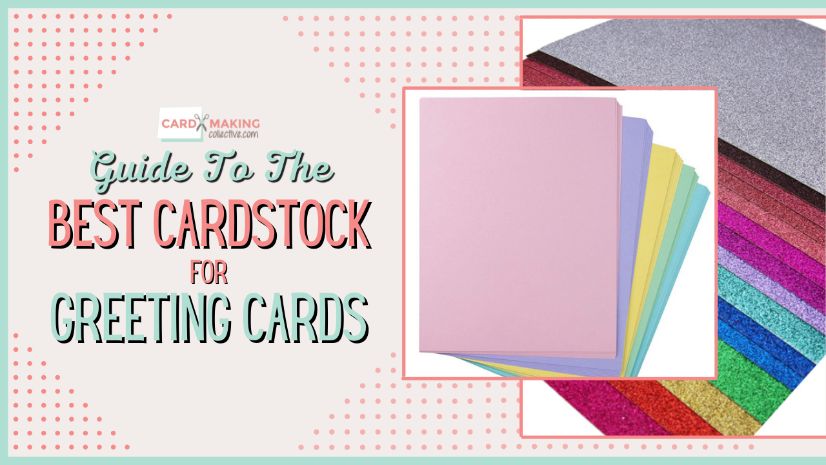How to choose the right cardstock for your ID cards
3 min read
When it comes to creating custom ID cards and employee identification cards, choosing the right cardstock is crucial. The cardstock you choose will affect the durability, appearance, and security of your cards. With so many options available, it can be challenging to determine which cardstock is best for your needs. In this article, we will discuss how to choose the right cardstock for your ID cards.
Durability
The durability of your ID cards is an important consideration when choosing cardstock. If your cards will be subject to frequent use or harsh environments, you will need a cardstock that is strong and resistant to wear and tear. PVC (polyvinyl chloride) is a popular choice for durable ID cards. PVC is a strong and flexible plastic that can withstand bending, scratching, and exposure to moisture and chemicals. PVC cards are available in a variety of thicknesses, ranging from 10 mil to 30 mil. Thicker cards are more durable but may not be compatible with all printers. If you need a highly durable card, consider a composite PVC card, which is a combination of PVC and polyester layers.
Appearance
The appearance of your ID cards is another important consideration. You want your cards to look professional, easy to read, and visually appealing. The cardstock you choose can affect the overall look and feel of your cards. If you want a glossy, high-quality finish, consider a cardstock with a gloss or matte laminate. These laminates can protect the card from smudging, fading, and scratching while providing a polished appearance. If you want a more natural look, consider a cardstock with a satin or uncoated finish. Satin finishes provide a subtle sheen, while uncoated finishes have a natural, textured appearance.
Security
If you need to create secure ID cards, the cardstock you choose can affect the level of security you can achieve. For high-security applications, consider a cardstock with security features such as holographic overlays, microtext, or UV printing. These features make it more difficult for counterfeiters to reproduce your cards and increase the overall security of your organization. Additionally, consider a cardstock with magnetic stripes or proximity chips if you need to control access to secure areas or track employee movements.
Compatibility
The cardstock you choose must be compatible with your ID card printer. Not all cardstock is suitable for all printers, and using the wrong cardstock can cause printing problems or damage your printer. Before choosing a cardstock, consult your printer’s user manual or contact the manufacturer to ensure that the cardstock is compatible with your printer’s specifications. Additionally, consider the thickness and stiffness of the cardstock. Thicker and stiffer cardstock may not feed correctly through some printers, causing jams or misalignments.
Cost
The cost of the cardstock is an important consideration, especially if you need to produce large quantities of ID cards. PVC cards are generally more expensive than paper or synthetic cardstock, but they are more durable and provide a higher-quality finish. If cost is a concern, consider synthetic cardstock, which is a combination of polyester and PVC layers. Synthetic cardstock is more affordable than pure PVC and provides similar durability and security features.
In conclusion, choosing the right cardstock is essential when creating custom ID cards and employee identification cards. Consider the durability, appearance, security, compatibility, and cost of the cardstock before making a decision. With the right cardstock, you can produce ID cards that are durable, professional, and secure. If you are unsure which cardstock is best for your needs, consult with an ID card specialist who can help you make an informed decision.







